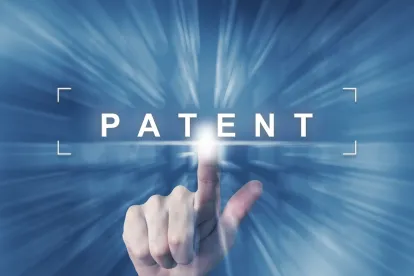Patentees may obtain additional PTA if the USPTO’s calculation of “applicant delay” includes a period of time during which the patentee could have taken “no identifiable effort” to avoid. However, the onus is entirely on the patentee to identify and correct the USPTO’s error.
The old adage, “if you want something done right, you have to do it yourself,” rings true yet again. On May 9, 2019, the United States Patent and Trademark Office (USPTO) published the Notice: Patent Term Adjustment Procedures in View of the Federal Circuit Decision in Supernus Pharm., Inc. v. Iancu, 84 Fed. Reg. 20,343. The Notice allows patentees to request reconsideration of the USPTO’s Patent Term Adjustment (PTA) calculation given the Federal Circuit’s recent ruling in Supernus Pharm., Inc. v. Iancu, 913 F.3d. 1351 (Fed. Cir. 2019). In short, patentees may obtain additional PTA if the USPTO’s calculation of “applicant delay” includes a period of time that the patentee could have taken “no identifiable effort” to avoid, as addressed in Supernus. However, the onus is entirely on the patentee to identify and correct the USPTO’s error.
In Supernus, the “applicant delay” determined by the USPTO included the entire period of time between filing a Request for Continued Examination (RCE) and filing a subsequent Information Disclosure Statement (IDS), even though the IDS submitted information from an European Patent Office (EPO) Notice of Opposition issued in a related application after the RCE filing (as illustrated below).

The patentee challenged the USPTO’s interpretation and argued that there was nothing the patentee could have undertaken during the time period between RCE filing and issuance of the EPO Notice of Opposition that would have shortened the delay. Agreeing with the patentee, the Federal Circuit held that “the USPTO may not count as applicant delay a period of time during which there was no action that the applicant could take to conclude prosecution of the patent.” It is noted that there would have been no “applicant delay” if the IDS were filed on or before September 21, 2012, under the “safe harbor” under 37 C.F.R. § 1.704(d).
In the May 9 Notice, the USPTO acknowledges that events similar to the IDS filing in Supernusare not recorded in the USPTO’s Patent Application Locating and Monitoring (PALM) system. Thus, the Supernus decision will not affect the USPTO’s initial PTA calculation within the PALM system. In other words, PALM will undoubtedly and admittedly compute wrong PTAs. Moreover, a dissatisfied patentee will have to file a request for reconsideration of PTA under 37 C.F.R. § 1.705(b) to benefit from the Supernus decision. The Notice further specifies that the request for reconsideration “must provide any relevant information, including factual support, which is not recorded in the USPTO’s PALM system to show that there was no identifiable effort the patentee could have undertaken to conclude prosecution” during the time period.
The Notice does not provide a new “window” to have the USPTO reconsider the PTA calculation under the Supernus decision. Instead, a patentee seeking the benefit of Supernusmust file a request for reconsideration of PTA within seven months after issuance of the patent. To effectively avoid the PTA reduction in situations similar to that of Supernus, patent applicants should set up appropriate procedures to invoke the “safe harbor” under 37 C.F.R. § 1.704(d), if possible.





 />i
/>i

